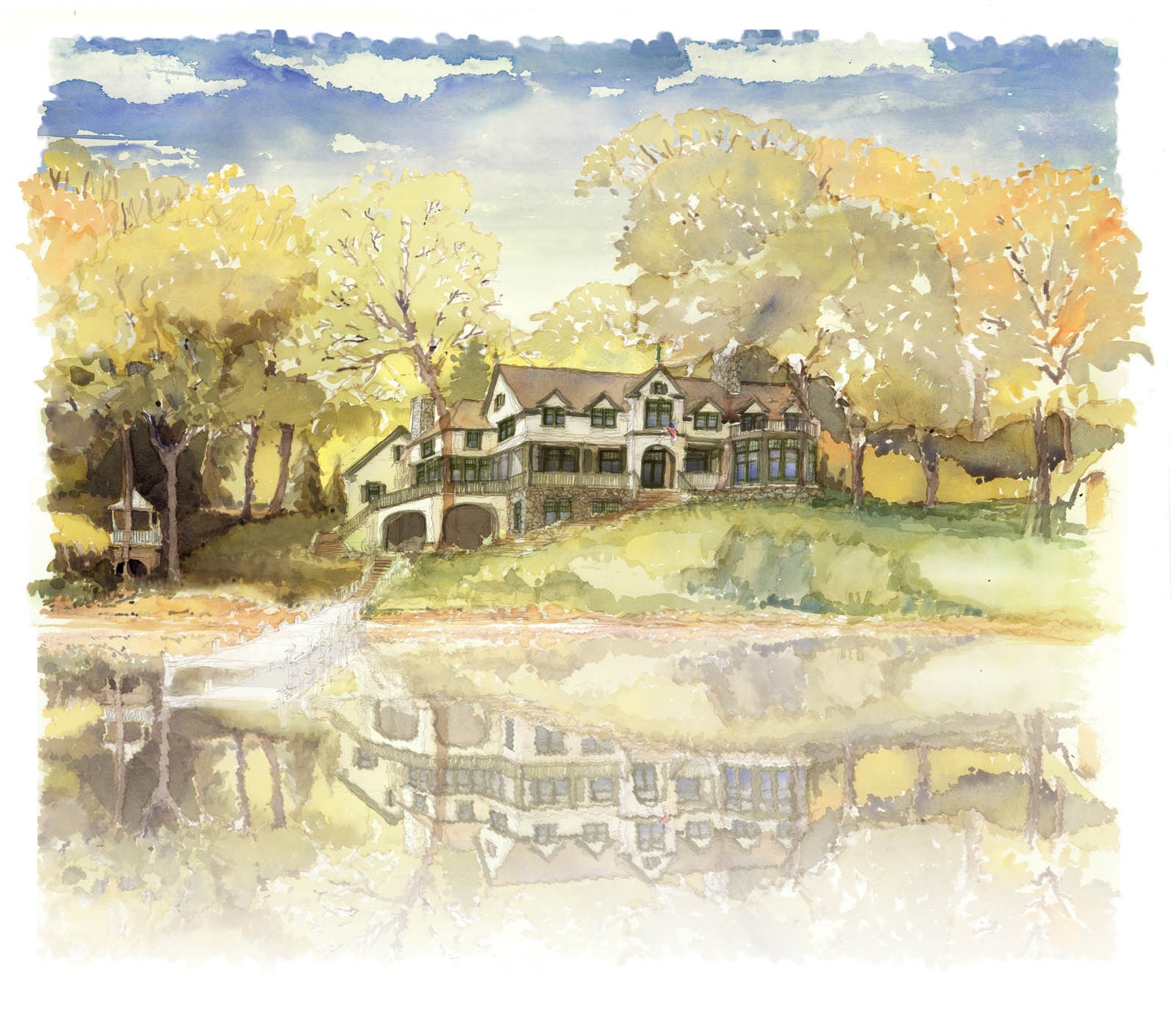
One of the greatest gifts I was given as a child was the opportunity to spend time with my family at our hobby farm in Door County, Wisconsin. The 1860s farmhouse and neighboring outbuildings had been constructed utilizing local materials and traditional building methods; and having been laid gently in harmony with the surrounding landscape, each building was marked by a richness and depth that bewildered my senses and fascinated me no end. To this day, I often reflect on the days and nights I spent on that farm and what made them so special to me. I think about how those crude, rustic structures felt in different light, seasons, and function, and how the natural elements and materials blended so seamlessly together to create a uniquely warm, welcoming environment for my family and me.
Just as a film director positions a scene within a specific space in order to heighten the dramatic effect, architectural design, for me, is an opportunity to fashion a space in a manner that will set the stage for the theater — the living — that will one day take place there. As I approach a project, I begin by examining the contextual layers that encompass and envelop the already existing site. I explore the slope of the land, the foliage, the soil, the exposure to wind, the available light, and any neighboring scenery or structures. Even the remnants of previous structures and construction methods, sprinkled like seeds of inspiration on and throughout a site, serve as insight for the design journey.
Alongside those natural, tangible elements lies the history of the site, just waiting to be uncovered, to be intimately known. Who inhabited this space in previous decades? In preceding centuries? What role did this particular space play within a larger cultural and historical context? What were its uses?
And finally, there are the individual stories and personalities of the people who will soon come to occupy this space. What is it that inspired them to want to begin walking out their unique life journeys in this particular space? How do they picture themselves gathering with loved ones for holidays and milestone celebrations? What sensation or emotion do they want to experience as they move from room to room? What are their morning rituals? Their daily routines? And how do they enjoy settling in at the end of an event-filled day?
For me, good architecture is the sum of all of these parts, for it is in the answers to these questions that I find the inspiration to begin exploring not only aesthetic opportunities but also the manner in which those opportunities will be brought to fruition. Creating a plan that will take full advantage of the topography, surrounding views, and natural light; selecting appropriate building materials, along with the type of perspective and artistry that will best put forth the overall design vision — all of these decisions, for me and my team, make up the often complex yet deeply rewarding process of architectural design.
At the end of the day, an architect is nothing if not a storyteller. In the thoughtful creation of a beautiful space, we are inviting history to begin etching itself slowly onto the floors, ceilings, and walls of the built environment.
I wake up every morning and consider it a privilege and blessing to have been gifted with the opportunity to play a role in such a uniquely beautiful, life-affirming process.
Here’s to the stories yet to be told and the memories yet to be made.
— Wade Weissmann


